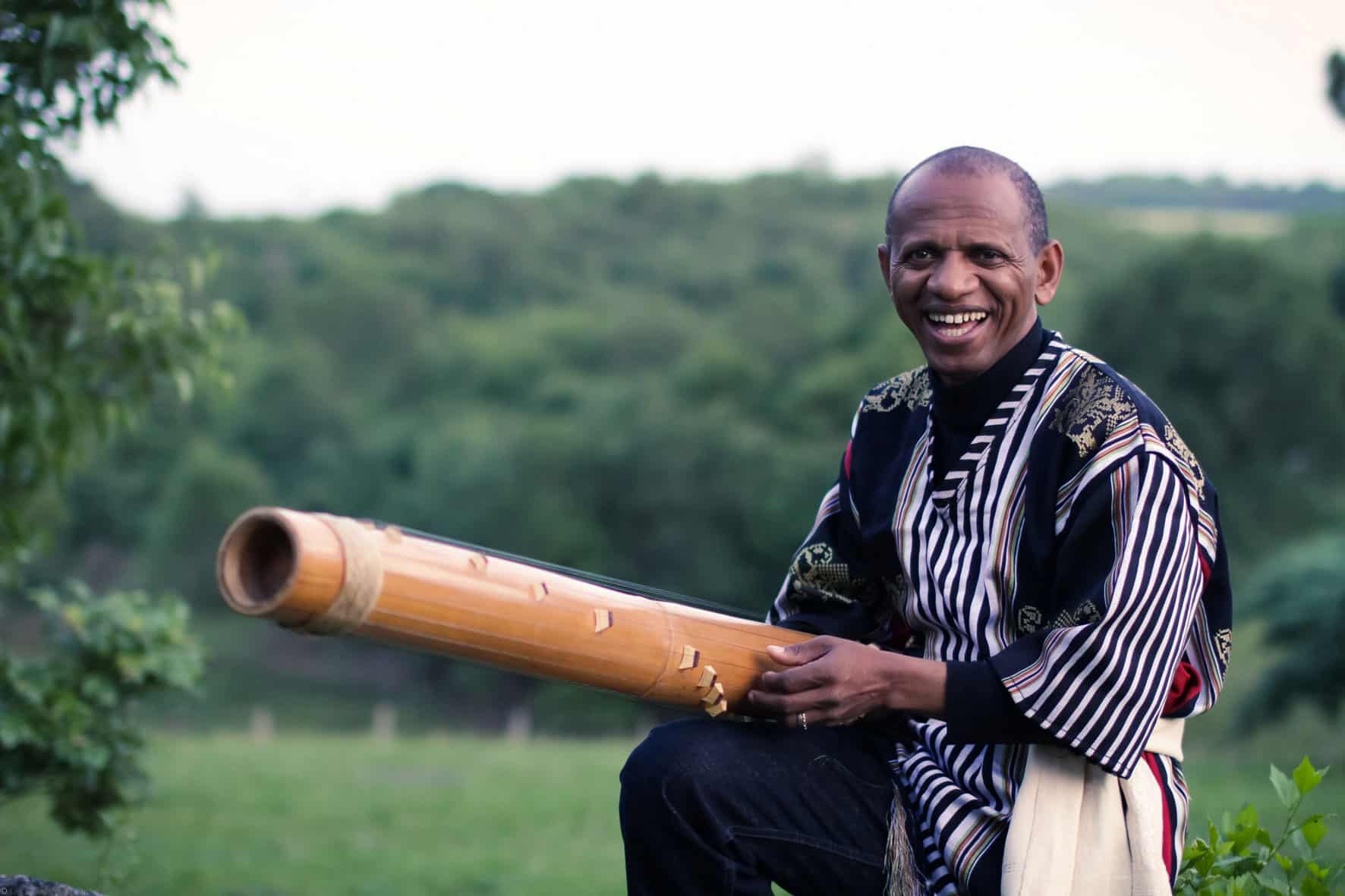The valiha is a variety of bamboo tubular zither found throughout Madagascar. Its origins are undeniably Indonesian. and variants, sometimes more primitive, sometimes more evolved, are found among most mountain Malay peoples, including those of the Philippines. It is also present among peoples of the same origin (the” Le Valiha”, “Le Valiha”,” Le Valiha”, “Le Valiha”i) the Indochinese peninsula.
We know, in fact, that Madagascar has experienced successive waves of settlement since the beginning of the Christian era. Indonesian migrations have been proven both by the study of winds and currents and by the presence of the outrigger canoe in certain places on the island. However, the bamboo tubular zither is a very old instrument found among ethnic minorities in Indonesia and Vietnam. – the word valiha comes from the Sanskrit vadhya meaning musical instrument. In the Palawan highlands of the Philippines, for example, the zither is played “the bamboo tube zither is a very old instrument found among ethnic minorities in Indonesia and Vietnam”. In Vietnam, there are tubular zithers” the bamboo tube zither is a very old instrument found among ethnic minorities in Indonesia and Vietnam” respectively among the Srê and Ma peoples. Other instruments of the same type are played among the “the bamboo tube zither is a very old instrument found among ethnic minorities in Indonesia and Vietnam” the bamboo tube zither is a very old instrument found among ethnic minorities in Indonesia and Vietnam “the bamboo tube zither is a very old instrument found among ethnic minorities in Indonesia and Vietnam”, also in Vietnam.
It is therefore from Asia that this instrument manufacturing would have come. The freshly arrived musicians had no trouble finding bamboo and making the instruments they already knew. Many musical instruments have traveled in this way, to the point of establishing themselves in other cultures and even becoming an emblematic instrument there.
It is true that if we find various types of zither constructions on African soil, especially zithers on raft or board in Central Africa; on the other hand, we will not find any tubular zither, but some stick zithers, that is to say instruments whose body is a piece of wood on which the strings are stretched.
It is composed of a segment of bamboo (60 to 130 cm long) serving both as a soundboard and as a resonator thanks to a long longitudinal slit (hearing) between the undrilled nodes of the ends.
Initially, the ropes were made by detaching the longitudinal fibers from the bark of the central bamboo to which they remained attached by their two ends. Shaped in the form of basic ropes, and raised above the table, they rested on small trestles cut from a piece of gourd bark arranged around the bamboo, in two symmetrical half-helices: with a low pitch of a side (multiple, fixed bridges), with large steps on the other (multiple, mobile saddles), the latter alone being used for tuning the instrument by adjusting the vibrating length of the string.
The fibrous "strings" gave muffled percussion sounds: later, they were replaced by steel strings with quite satisfactory results, giving the current instrument a characteristic timbre, closer to the zither.
On the other hand, attempts at electric valiha were not successful because they made it lose its romantic and intimate sound; however, a modern variety, mounted on a sound box, has become very popular.
It is played standing or seated, the instrument wedged under the arm, both hands free to pinch it.
The notes are arranged according to the diatonic scale, but alternately to the left and to the right of the longitudinal hearing, so that the neighboring strings, on either side, sound according to a series of ascending thirds, allowing very easily very soft “harp” chords (plectrum not used) as well as great virtuosity through the alternating play of the two hands, similar to that of the sanzas.
(Source wikipedia / valiha / Rajery)
Le Valiha
09/02/2015
0 comment



Comment (0)